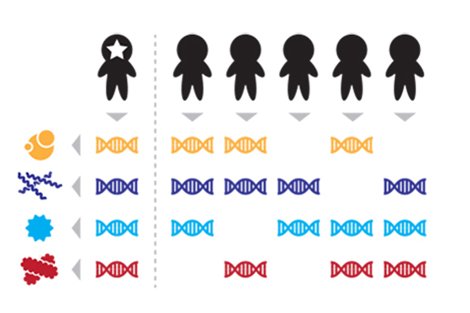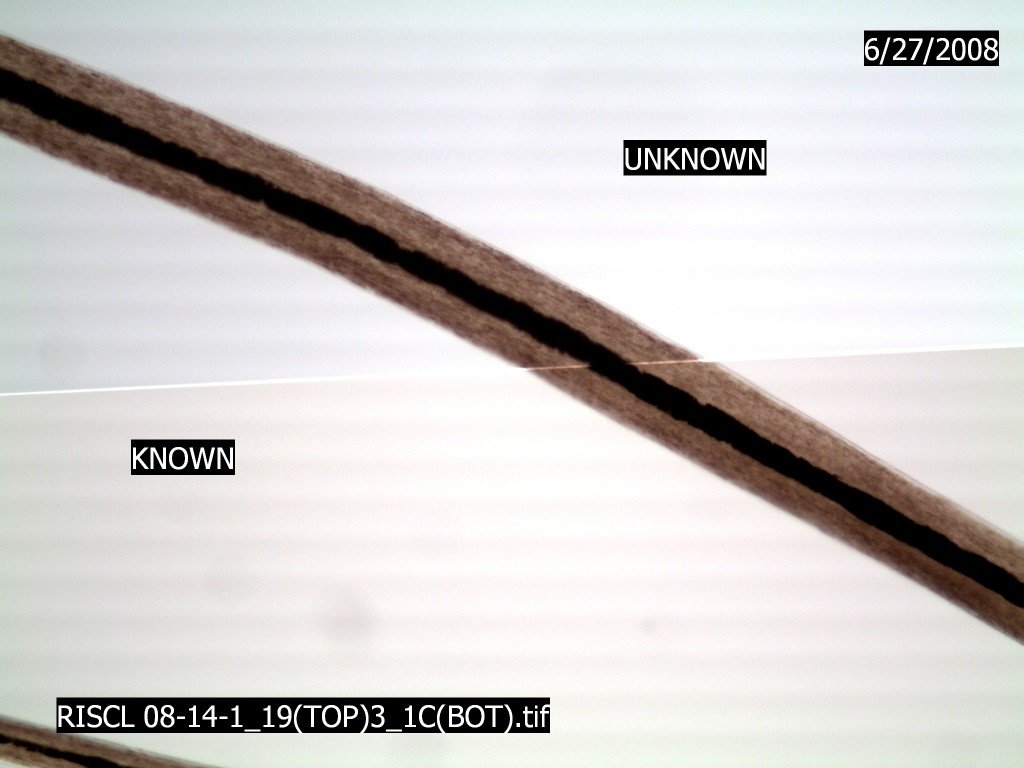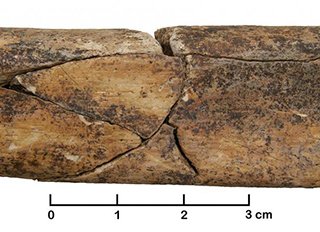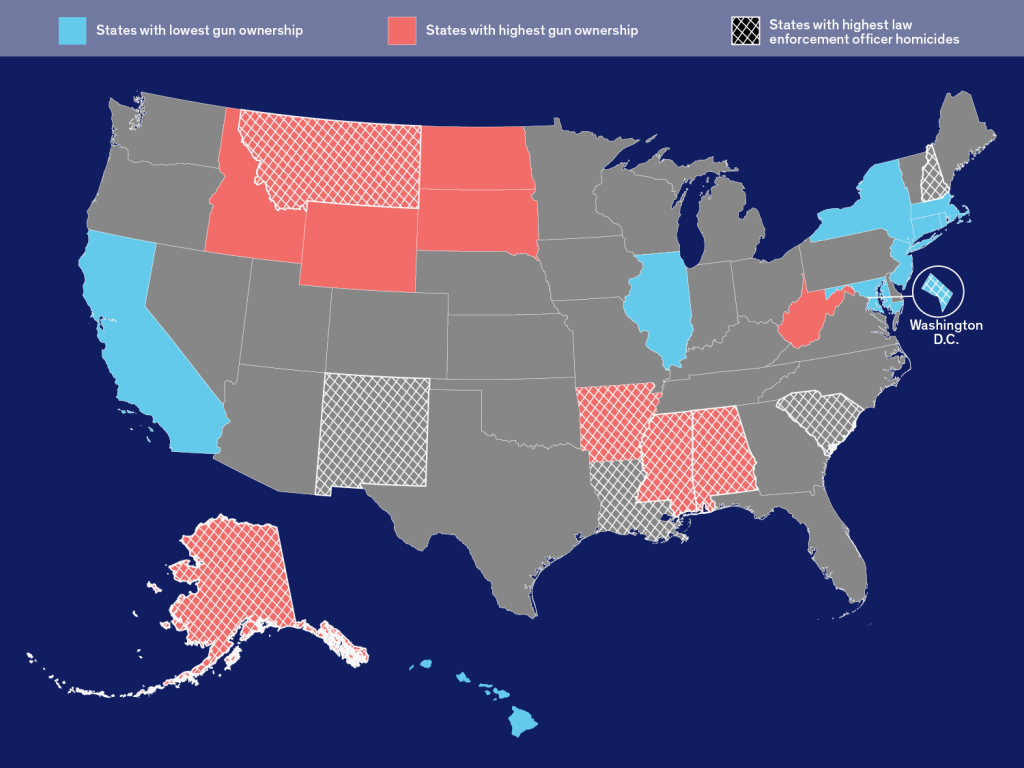A new study from researchers at the Harvard School of Public Health shows that the microbial communities each of us carries on our skin or in our bodies can be used to uniquely identify individuals, much like a fingerprint. The team behind the study showed that personal microbiomes contain enough distinguishing features to identify a person over a long amount of time from a research study population of hundreds of people. It is the first that shows microbiome identification is feasible.
 Taken together, DNA sequences from four microbial species distinguish the starred person’s microbiome from those of five other people
Taken together, DNA sequences from four microbial species distinguish the starred person’s microbiome from those of five other people
Image via hsph.harvard.edu
“Linking a DNA sample to a database of DNA ‘fingerprints’ is the basis for forensic genetics, now a decades-old field.”
“We’ve shown that the same sort of linking is possible using DNA sequences from microbes inhabiting the human body — no human DNA required. This opens the door to connecting human microbiome samples between databases, which has the potential to expose sensitive subject information — for example, a sexually-transmitted infection, detectable from the microbiome sample itself,” said lead author Eric Franzosa, research fellow in the Department of Biostatistics at Harvard Chan.
More than just a gut feeling – it’s gut forensics
The team used publicly available microbiome data mined from the Human Microbiome Project (HMP), which surveyed microbe samples from stool, saliva, skin and other sites from up to 242 individuals over a month-long period. They adapted a computer algorithm to crunch the data and obtained combinations of stable and distinguishing sequence features from the initial samples that work as individual-specific “codes”.
When compared to microbiome samples collected at follow-up visits with the same individuals and to samples from independent groups of individuals, the codes were shown to be unique among hundreds of individuals. A large fraction of the microbial signature remained stable over a one-year sampling period, those obtained from gut samples in particular. Here, more than 80% of individuals could be identified without a trace of doubt for up to a year after the sampling period.
“Although the potential for any data privacy concerns from purely microbial DNA is very low, it’s important for researchers to know that such issues are theoretically possible,” said senior author Curtis Huttenhower, associate professor of computational biology and bioinformatics at Harvard Chan School. “Perhaps even more exciting are the implications of the study for microbial ecology, since it suggests our unique microbial residents are tuned to the environment of our body — our genetics, diet, and developmental history — in such a way that they stick with us and help to fend off less-friendly microbial invaders over time.”
 Image via datumbox
Image via datumbox A strand of human hair under the microscope.
A strand of human hair under the microscope. The process of hair matching has been used by the FBI to obtain evidence for nearly three decades now.
The process of hair matching has been used by the FBI to obtain evidence for nearly three decades now. Image via medicaldaily
Image via medicaldaily “The Scream” is considered an illustrative work of art for feelings of anxiety and is associated with psychotic events.
“The Scream” is considered an illustrative work of art for feelings of anxiety and is associated with psychotic events. Image via Idolbin
Image via Idolbin The pebbles really bring out the flavor.
The pebbles really bring out the flavor. Such shin fractures were found at the site.
Such shin fractures were found at the site. The UIC study found that police officers in states with high private gun ownership are more than three times more likely to be killed on the job than in states with the lowest gun ownership.
The UIC study found that police officers in states with high private gun ownership are more than three times more likely to be killed on the job than in states with the lowest gun ownership. But somehow they just can’t handle flying bullets. Who would have thought?
But somehow they just can’t handle flying bullets. Who would have thought? Hey dude, pull my horn.
Hey dude, pull my horn. A game ranger stands guard as police investigate the scene around the carcass of a black rhinoceros that had been shot by poachers in the Kruger National Park, in this picture taken August 4, 2015.
A game ranger stands guard as police investigate the scene around the carcass of a black rhinoceros that had been shot by poachers in the Kruger National Park, in this picture taken August 4, 2015.
